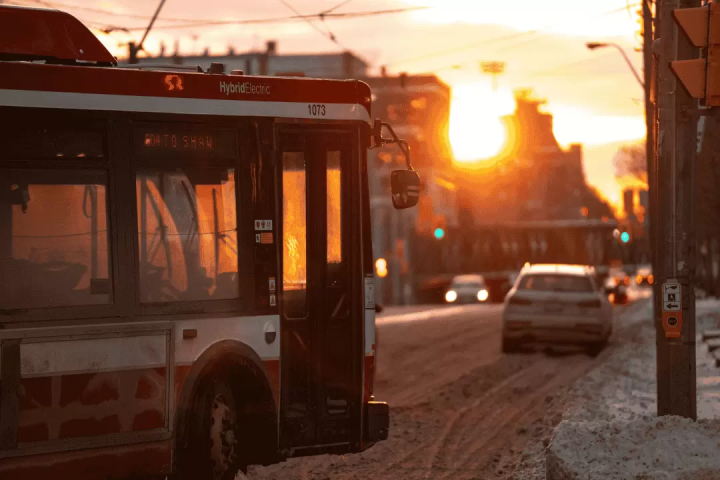[Kobe City] A great time to enjoy local sake and soba at the historic sake brewery “Kobe Shushinkan” in Mikagego
![[Kobe City] A great time to enjoy local sake and soba at the historic sake brewery “Kobe Shushinkan” in Mikagego](https://resources.matcha-jp.com/resize/720x2000/2023/12/16-157451.webp)
There are four facilities that can be used depending on your purpose: Fukujugura, where sake is brewed; Tomei-gura, a brewery shop; Toyoake-gura, a multi-purpose hall that can be used for concerts, weddings, and parties; and Sakabayashi, a Japanese restaurant.
-
Table of contents
- The landmark is the Nagayamon Gate with a cedar ball
- Enjoy Fukuju sake and Japanese cuisine at Sakabayashi
- Learn about sake brewing on a tour of the brewery
- Tomeikura: Enjoy tasting and shopping for freshly pressed sake
- basic information
The landmark is the Nagayamon Gate with a cedar ball
![[Kobe City] A great time to enjoy local sake and soba at the historic sake brewery “Kobe Shushinkan” in Mikagego](https://resources.matcha-jp.com/resize/720x2000/2023/12/16-157452.webp)
Kobe Kobe, located along National Route 43, has a stately gate that retains the atmosphere of a traditional sake brewery. Under the eaves of this long-house gate hangs a cedar ball (sake grove), which is a symbol of the brewery.
Nowadays you can see them on display in restaurants, but originally they were hung to mark the time when new sake was ready. When they were hung they were green, turning brown over time, and customarily they were replaced with new ones a year later when the new sake was ready.
![[Kobe City] A great time to enjoy local sake and soba at the historic sake brewery “Kobe Shushinkan” in Mikagego](https://resources.matcha-jp.com/resize/720x2000/2023/12/16-157453.webp)
The large barrel bench on display in the garden is a great spot for taking commemorative photos. These barrels were once used for brewing sake, and each one can hold 32 koku (6 kiloliters).
Nowadays, enamel tanks are used instead of wooden ones, as it is easier to control the temperature.
![[Kobe City] A great time to enjoy local sake and soba at the historic sake brewery “Kobe Shushinkan” in Mikagego](https://resources.matcha-jp.com/resize/720x2000/2023/12/16-157454.webp)
In the Great Hanshin Awaji earthquake of 1995, most of the sake breweries in this area were destroyed, and Kobe Shushinkan was no exception. During the reconstruction, the building was mainly constructed using old materials, evoking the pre-earthquake landscape of the town that had continued since the Edo period. The warmth of the well-used wood can be felt in the building, which is a must-see.
![[Kobe City] A great time to enjoy local sake and soba at the historic sake brewery “Kobe Shushinkan” in Mikagego](https://resources.matcha-jp.com/resize/720x2000/2023/12/16-157455.webp)
Located in a garden reminiscent of a Japanese countryside, Sakabayashi is a restaurant where you can enjoy Japanese sake and food. The menu includes seasonal Japanese dishes, homemade soba noodles, and of course a wide variety of Fukuju sake, so you can enjoy both sake and food that goes well with it.
Enjoy Fukuju sake and Japanese cuisine at Sakabayashi

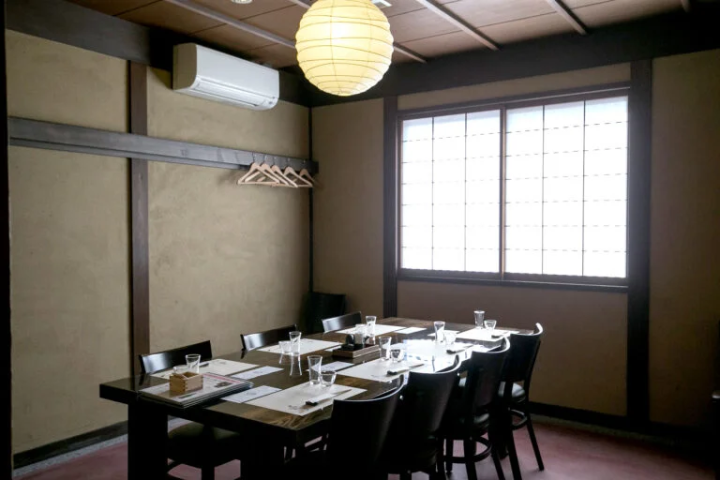
The restaurant has a stately atmosphere and a Japanese feel, and there are private rooms at the Oku of the spacious seating area where you can enjoy a leisurely meal with a group.
The tables used in the private rooms are made from recycled wood from a sake brewery that collapsed in the earthquake, as well as wood from the sake vats used to press the sake.
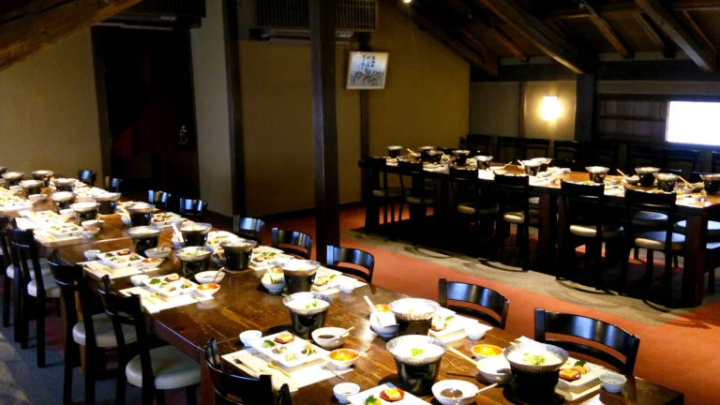
The second floor is a dining space with an impressive large beam on the ceiling. After taking off your shoes, you can eat and drink at the tables and chairs.
It can also be used for group dinners, so please inquire for more details.
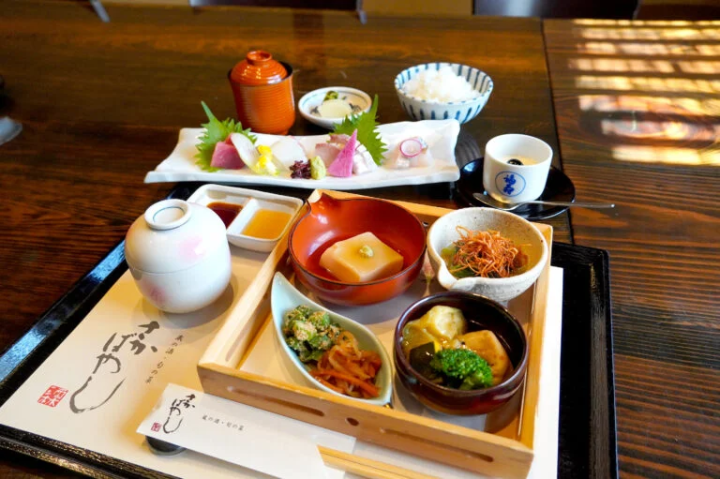
The lunch menu offers a wide variety of dishes using homemade sesame tofu and seasonal vegetables. The rice in the various set meals and monthly kaiseki dishes is delicious Koshihikari rice grown in the terraced fields of Tajima. The miso soup is made with local Rokko miso, giving it a rich flavor.
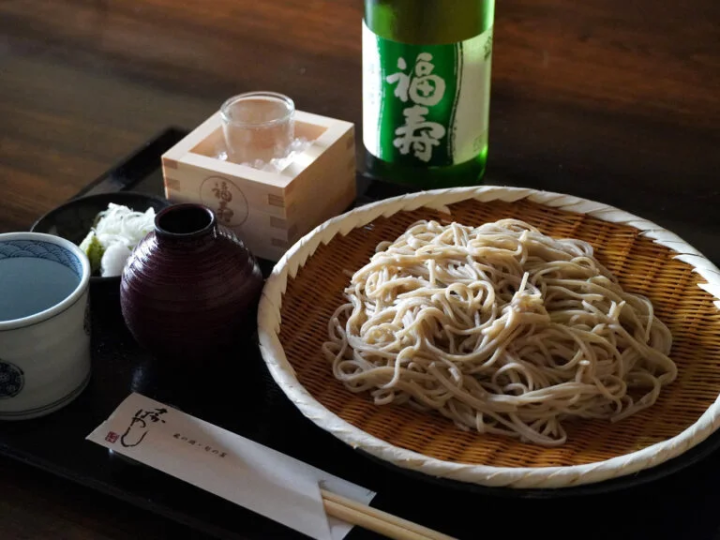
The homemade soba noodles are thin and can be enjoyed with a special dashi broth. For those who drink alcohol, we recommend the "Sake Soba" which comes with "Fukuju" pure rice wine. If you pour a little sake over the first bite of soba, the aroma of the soba will float up. From the second bite onwards, add plenty of dashi broth.
This dashi is made from kelp, bonito, and dried shiitake mushrooms, and left to sit overnight to make it mild. The umami of the dashi mixed with the soba spreads throughout your mouth. The perfect combination of soba and sake is irresistible for sake lovers.
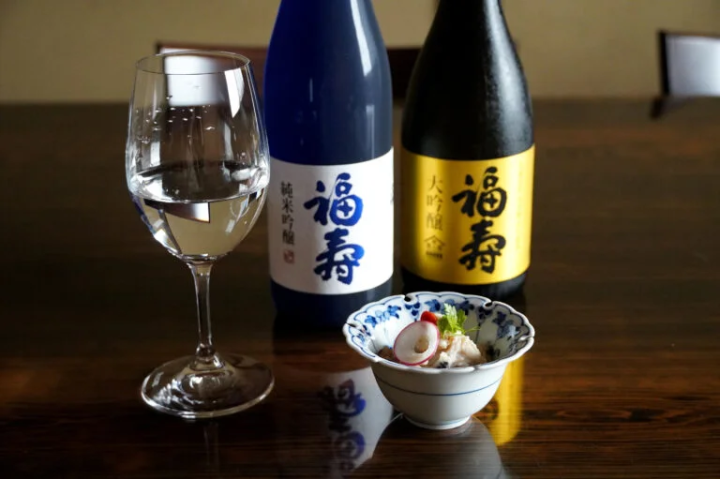
The chic atmosphere of Sakabayashi after dark is also wonderful. There is a Toyotomi of a la carte dishes available in the evening, so you can order a variety of dishes to go with your favorite drink and finish off with some soba noodles.
Sakabayashi is currently running a "Sake Lees Project" in which they use their own sake lees in cooking, and they use fresh sake lees in a variety of dishes. The "Scallops with Sake Lees" pictured is a masterpiece made by quickly searing scallops tossed in Fukuju's sake lees, which still retain their delicious flavor, and white miso.
They also have a full banquet menu centered around seasonal vegetables and fish, so you can take your time enjoying your drinks and food.
![[Kobe City] A great time to enjoy local sake and soba at the historic sake brewery “Kobe Shushinkan” in Mikagego](https://resources.matcha-jp.com/resize/720x2000/2023/12/16-157463.webp)
The lineup of "Fukuju" at this time was "Kurachodori Namasake", "Mikagego Junmaishu", "Junmai Ginjo", "Daiginjo", and "Junmai Daiginjo Black Label". It's fun to try and compare these sakes.
Learn about sake brewing on a tour of the brewery

You can tour the brewery at Kobe Kobe. You can see through the glass of the Fukujugura brewery, where sake is actually brewed, and take commemorative photos. Advance reservations are required online to tour the brewery, but reservations are not required for watching videos and tastings. Brewery tour: Video → Brewery tour → Sake tasting → Shopping → Commemorative photo at the photo spot. Reservations must be made at least two days in advance. Not available in December. Reservation site
Reservation desk for sake brewery tour courses
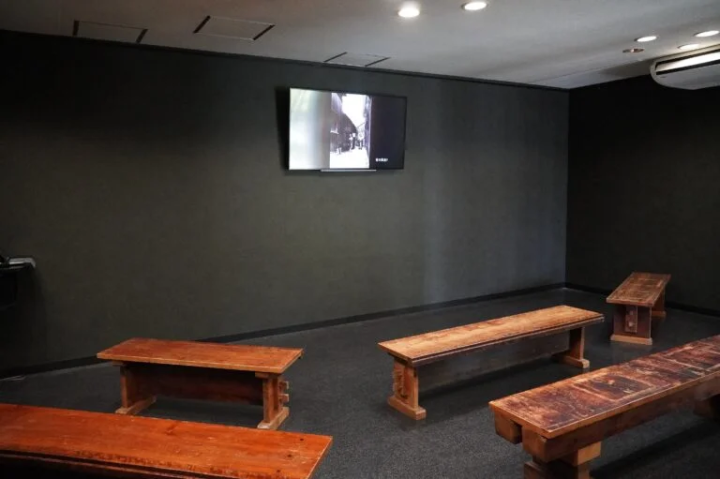
The tour of the brewery begins with a video about sake brewing and the history of Kobe Kobe. For 270 years, Fukuju has focused on brewing delicious sake rather than increasing production. The current 13th generation owner's philosophy has not changed even after changing the company name to Kobe Shushinkan. You can learn about the process of how sake is made, including washing rice, steaming rice, and making koji.
Videos are available in Japanese, English, and Chinese.
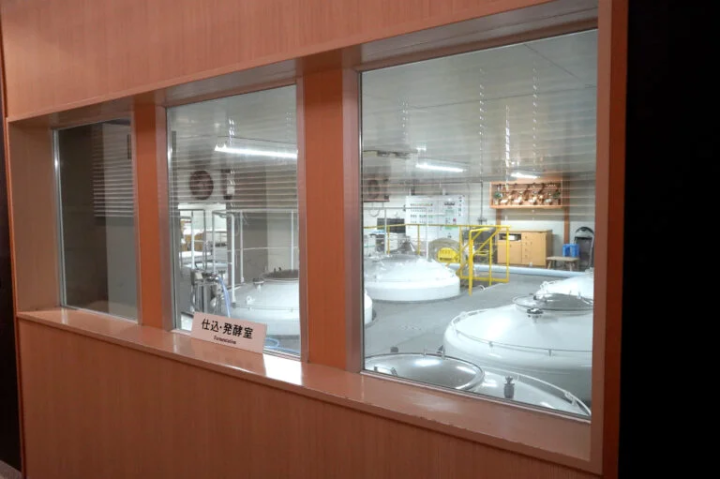
After watching the video, you will tour the actual factory. Each step of the sake brewing process is explained through videos and panels, and you will gain a deeper understanding of sake rice and koji, the raw materials for sake.
Water plays a very important role in sake brewing, and in the Nada region, the underground water "Miyamizu" from the Mount Rokko Mountains is used. At Kobe Kobe, they add pure water to this water to make the brewing water, and they brew delicious sake with careful temperature control.
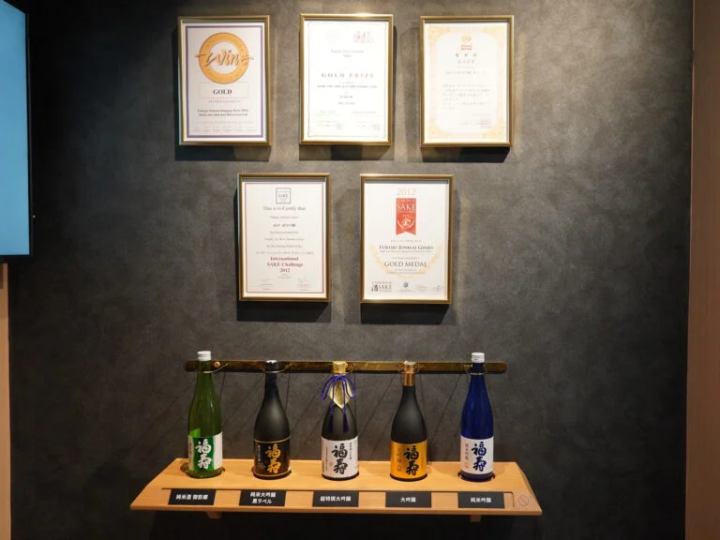
The good taste of Fukuju sake is well known, and the brand has received numerous awards, including the gold medal at the 2023 National New Sake Tasting Competition for Fukuju Chotokusen Daiginjo. This sake is made from Yamada Nishiki, known as the king of sake rice, polished to 35%, and made with koji using the tub koji method, making it the culmination of Fukuju's sake brewing techniques.
The pamphlets are available in 15 languages, so foreign visitors can also enjoy them.
Tomeikura: Enjoy tasting and shopping for freshly pressed sake
![[Kobe City] A great time to enjoy local sake and soba at the historic sake brewery “Kobe Shushinkan” in Mikagego](https://resources.matcha-jp.com/resize/720x2000/2023/12/16-157468.webp)
"Toumeigura" sells various types of "Fukuju" sake and sake snacks. The "Fukuju Keg Draft" sake, which is slightly sparkling and unpasteurized and bottled in a special pressure-resistant bottle, and other items that can only be purchased here are very attractive for sake lovers. They also make a great rare souvenir.
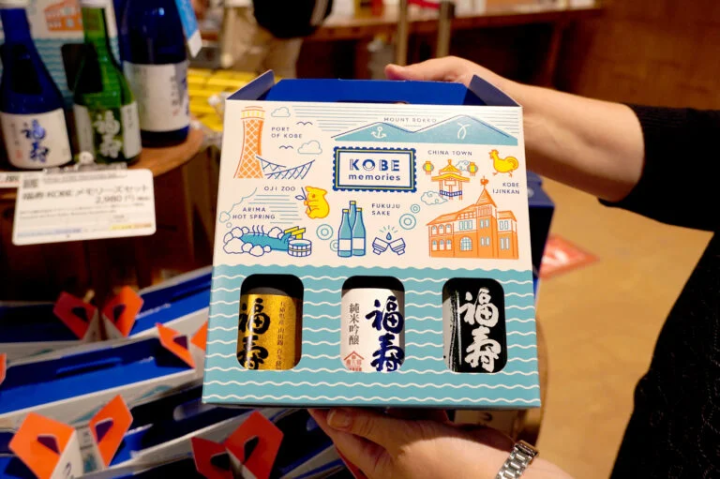
Among the Fukuju products, the set of three mini bottles in a package depicting Kobe's famous sights is a great souvenir to commemorate your trip. There are also many other sakes available to choose from, which you can sample before choosing.
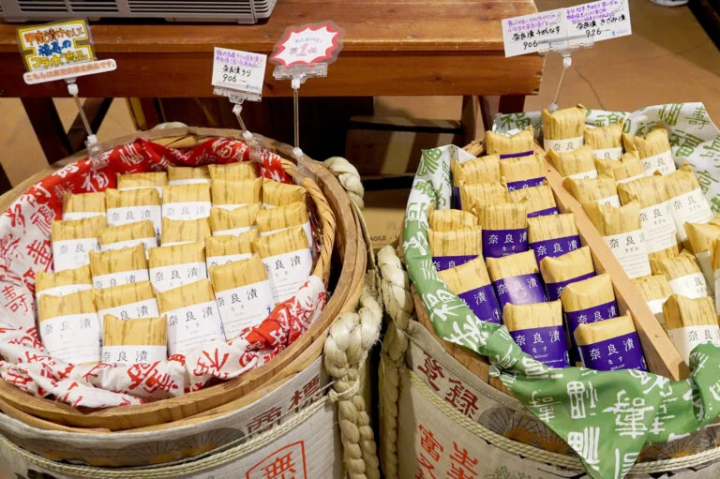
The most popular sake snack is Nara melon. It is a Nada specialty made in collaboration with Konanzuke (Takashima Shurui Shokuhin), also located in Mikage. The elegant flavor of the sake lees goes well with both sake and rice.
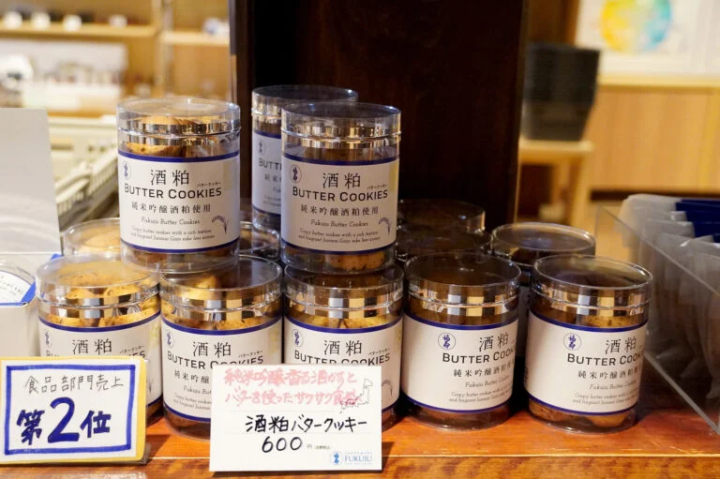
The second most popular item is a cookie made with sake lees from pure rice ginjo sake. It was made in collaboration between a Western-style confectionery shop in Kobe, a welfare facility, and Kobe Kobe, and has a crispy texture and a rich flavor with a soft aroma of sake lees, making it perfect for adults.
There are also many other original items on display, such as various sweets and sake ware. For those who can't drink alcohol, there is also "Amazake" (300g for 388 yen).
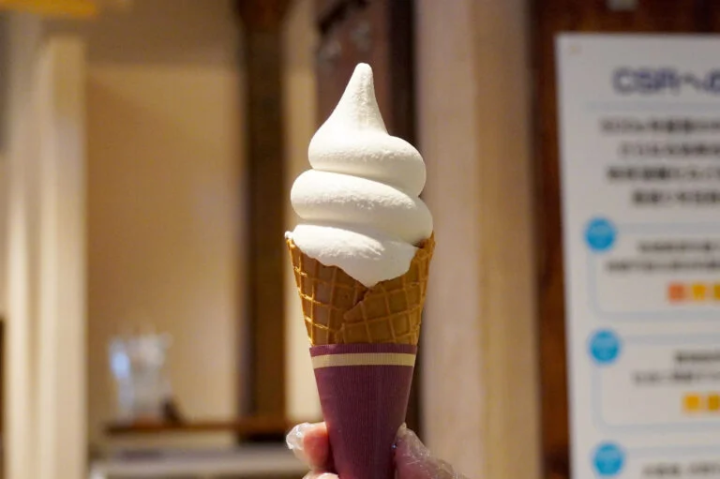
The vanilla soft serve ice cream made with pure rice ginjo sake is also a special treat that can only be enjoyed here. Its rich vanilla flavor and subtle ginjo aroma make it a delicious dessert with a great aftertaste.
*Tasting is limited to those 20 years of age and older. Pregnant women and drivers should choose non-alcoholic drinks.
Kobe Kobe is a place where you can enjoy a meal, buy limited edition sake, and tour the brewery, no matter how many times you visit. In addition to the commitment to sake brewing that has been passed down for over 270 years, in recent years they have been working on the SDGs and making environmentally friendly "sustainable sake brewing", winning the Minister of Finance Award at the EcoPro Awards and an overseas environmental award, and their spirit is clear.
(Writer Matsuda/West Plan)
*This article is current as of July 2023. Prices include tax. Product contents and prices may be subject to change.
basic information
Kobe Kobe
Address: 1-8-17 Mikagezukacho, Higashinada Ward, Kobe City Hyogo Prefecture
Phone number: 078-841-1121 [Sakabayashi] 078-841-2612
Business hours: [Sakabayashi] Lunch: 11:30-15:00 (LO 14:30) Drinking: (Saturdays, Sundays, and public holidays only): 14:30-17:00 (LO 16:30) Dinner: 17:30-21:00 (LO 20:00)
[Brewery Shop Tomei-gura] 10:00-18:30 [Brewery Tour] 11:00-16:00 Closed: [Tomei-gura] Open until 15:00 on December 31st, New Year's Day [Sakabayashi] Wednesdays and New Year's Holidays
Access: 10 minutes on foot from Hanshin Ishiyagawa Station. Parking available (60 spaces).
What are good things and good experiences? There are many characteristics such as having a story to tell, overflowing with the thoughts of the creator, having a history, and being loved by the locals. Have you ever come across a special thing or experience that made you want to tell someone about it? And as a result of telling, someone new leads to something. We think that's what "good" is all about. In order to deliver such encounters to our customers, we discover Hyogo's good things based on the concept of "talk, communicate, and connect", and provide information that will shorten the emotional distance between customers and the region of Hyogo Prefecture.
The contents on this page may partially contain automatic translation.































![[Yamanashi/ Hokuto City] 4 Hot New Spots Opening in 2026](https://resources.matcha-jp.com/resize/720x2000/2025/12/12-252747.webp)



